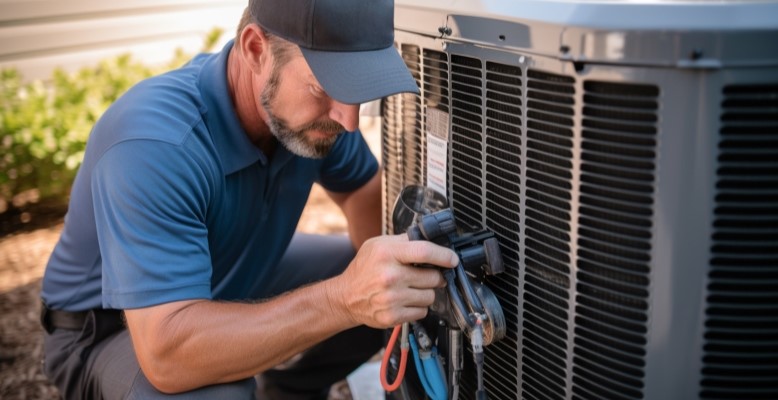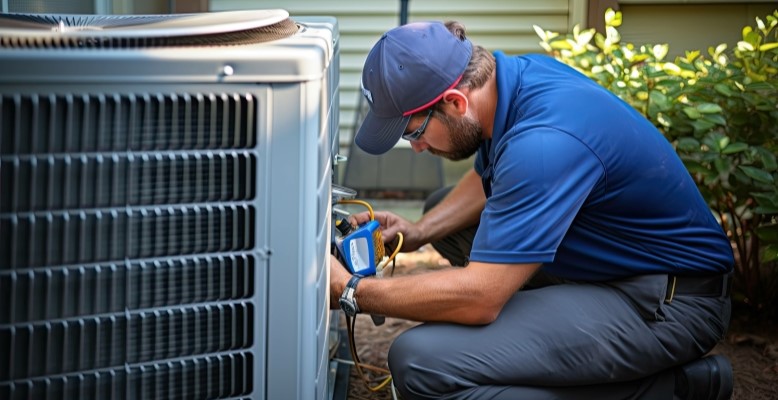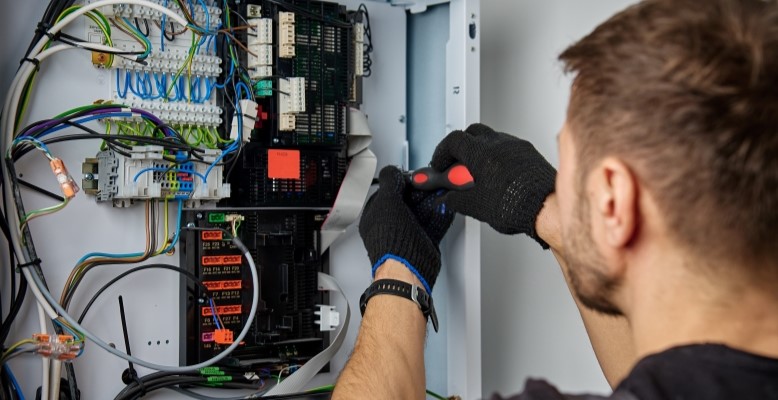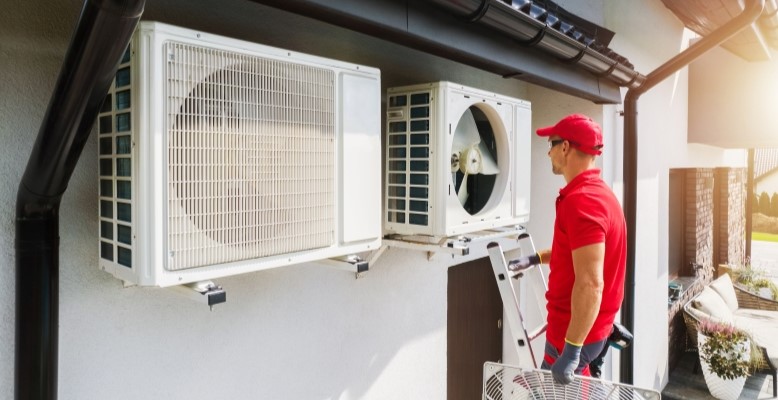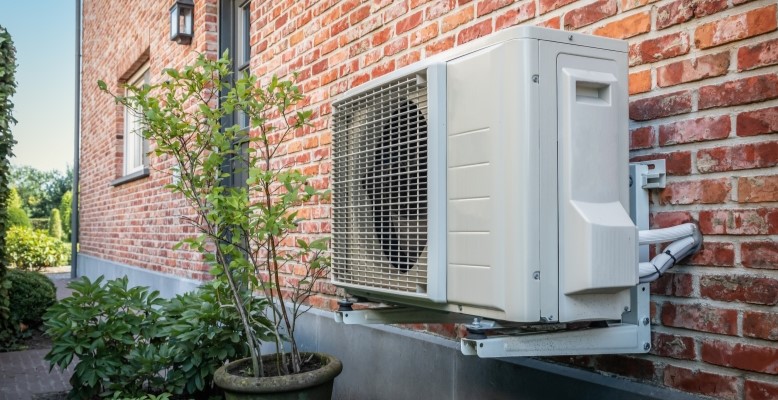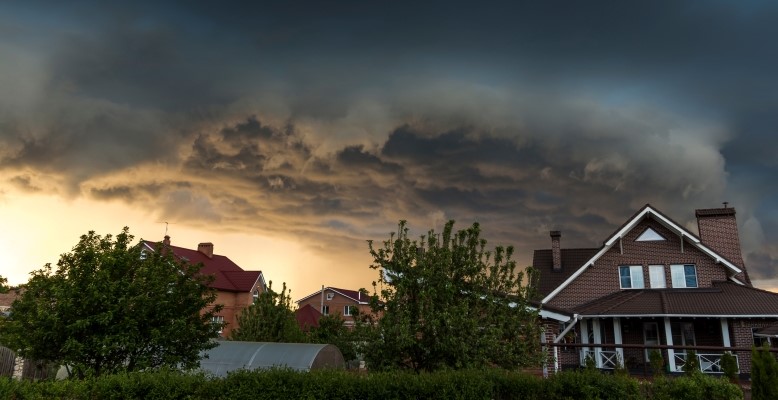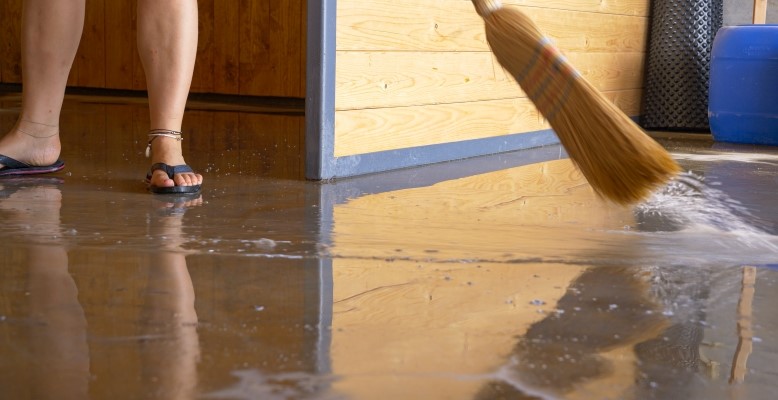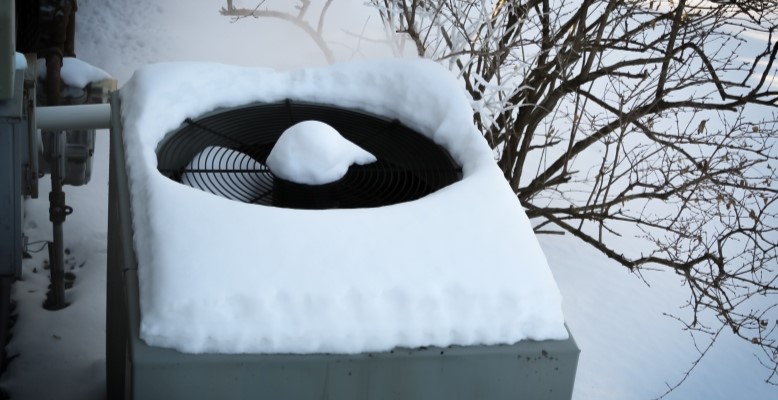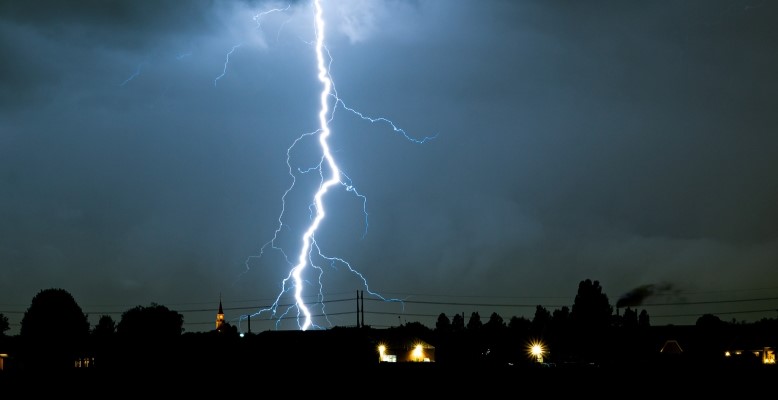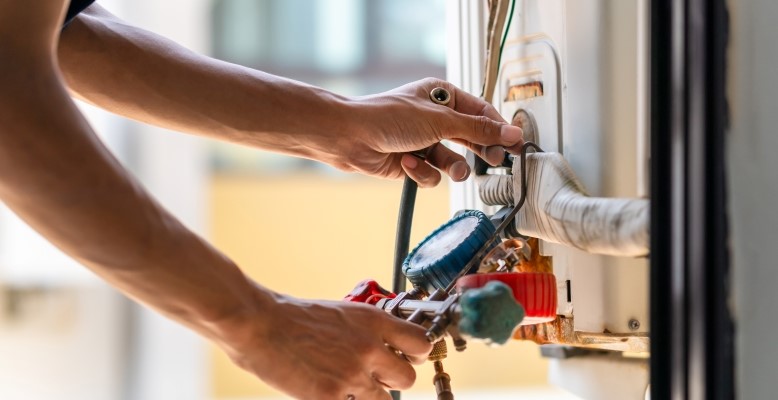Published on July 16, 2025 by: alhhvac
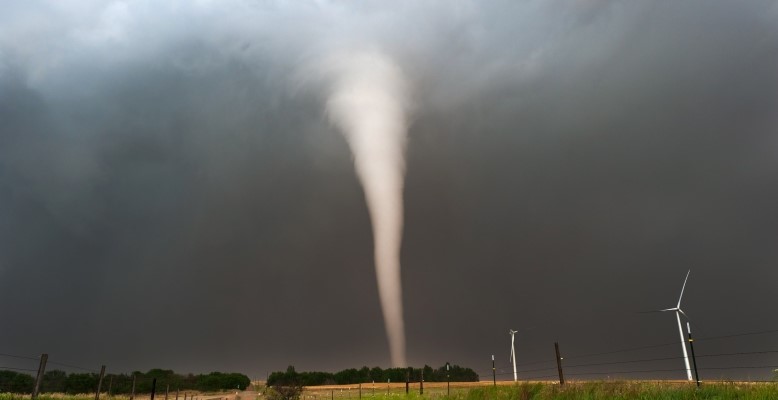
Preparing for The Consequences of Tornados on HVAC Systems
Tornadoes are among the most destructive weather events that hit the United States. At their most turbulent, tornadoes cause absurd amounts of damage; in spring of 2011, known as one of the most destructive tornado seasons on record, tornadoes caused more than $21 billion dollars in economic damages.
These intense storms bring widespread devastations, and HVAC systems are particularly vulnerable to the damage they inflict. From flying debris to electrical surges, tornadoes can significantly impact heating, ventilation, and air conditioning units, leading to costly repairs and potential system failures. Understanding how tornadoes impact HVAC systems and taking preventive measures are both key to minimizing damage; read on to learn about both.
What Ways do Tornadoes Damage HVAC Units?
Tornadoes can cause massive damage to HVAC systems in multiple ways, from physical destruction to electrical system failures. Here are just a few of the most common ways tornadoes cause HVAC chaos.
Intense Winds & Debris
Tornado-force winds can dislodge outdoor HVAC units, shifting them off their bases or even hurling them across yards. These winds also turn everyday objects into dangerous projectiles, damaging parts of your HVAC system including fan blades, refrigerant lines, and external housing. Even minor dents or dislodged panels can restrict airflow and cause long-term efficiency issues.
Water Damage & Flooding
With tornadoes often come heavy rains; rainfall can flood outdoor HVAC components, or even indoor HVAC components in severe cases. Flooded condense units or submerged furnaces can experience short-circuiting, corrosion, and mold growth, reducing system effectiveness and potentially causing health hazards due to poor indoor air quality.
Lightning Strikes & Power Surges
Lightning strikes near homes can send power surges through electrical lines, damaging HVAC circuit boards, compressors, and wiring. Even if a system appears operational after a surge, hidden electrical issues can lead to long-term damage and potential safety hazards for your entire property. Whole-home surge protection can reduce, but not eliminate, these risks.
Impact From Violent Hail
Hailstorms often accompany tornadoes, causing further damage to HVAC systems. Large hailstones can dent or puncture the metal casing of outdoor units, crack fan blades, and damage coil fins, leading to reduced performance and necessary repairs. Severe hail can also block airflow or break essential components of your system, necessitating immediate maintenance.
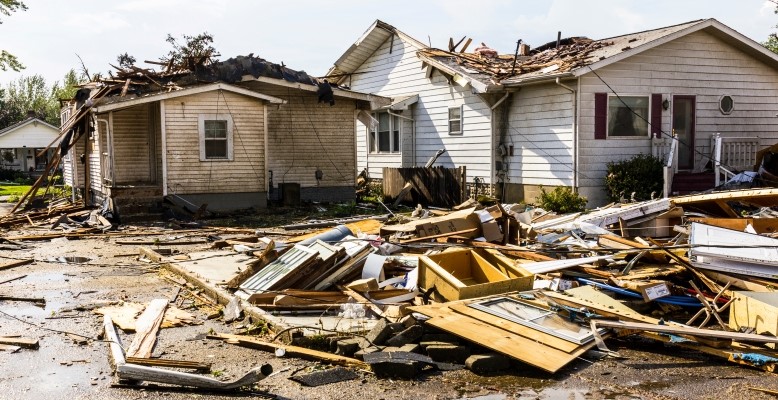
How Can Home-Owners Protect HVAC Systems From Tornadoes?
While there is no way to ensure your HVAC systems remain untouched from the destruction of tornadoes, proper preparation can help safeguard systems from damage. These tips can help your units remain functional after severe weather events.
Powering Off Systems
Before a tornado strikes, shutting down HVAC systems helps prevent electrical damage from power surges. Turning off your system at the breaker minimizes fire risk and protects sensitive electrical components from voltage fluctuations.
Trimming Surrounding Foliage
High winds can break off branches and hurl them into outdoor HVAC units, causing extensive damage; in turn, trees and shrubs around a home can become hazardous during tornadoes. Regularly trimming trees and removing loose limbs can help reduce the likelihood of debris related damage.
Installing Storm Covers
Protective storm covers shield outdoor units from flying debris and heavy rainfall while still allowing proper airflow. These covers provide an extra layer of defense against impact damage and water infiltration, helping HVAC systems withstand extreme weather conditions.
Securing Outdoor Units
Fastening outdoor HVAC units to a secure foundation, such as a concrete pad, can prevent them from being uprooted or displaced during high winds. Hurricane or tornado straps offer additional stability, reducing the risk of units being lifted or shifted by the storm.
Evacuating When Necessary
While protecting property is important, safety comes first. If a tornado warning is issued, homeowners should prioritize seeking shelter, following a tornado response plan. After the storm passes, inspecting HVAC systems for visible damage and scheduling professional assessments can help determine necessary repairs.
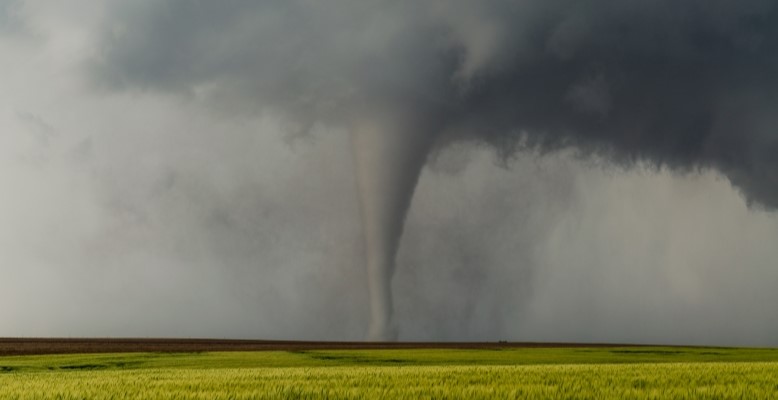
Repair & Maintain Damage to HVAC Systems Metro Atlanta With Andy Lewis / Hobson
Even using the most effective preventative measures, tornadoes can still cause extensive damage to HVAC systems. If your unit has been impacted by a storm, Andy Lewis / Hobson is here to help. Our expert technicians provide thorough post-storm inspections, damage assessments, and reliable repair services to both heating and cooling systems.
Whether your system has suffered from wind damage, flooding, or electrical surges, we have the experience to diagnose issues and recommend the best solutions. Contact Andy Lewis / Hobson today to ensure your heating and cooling systems are ready to withstand future storms.

